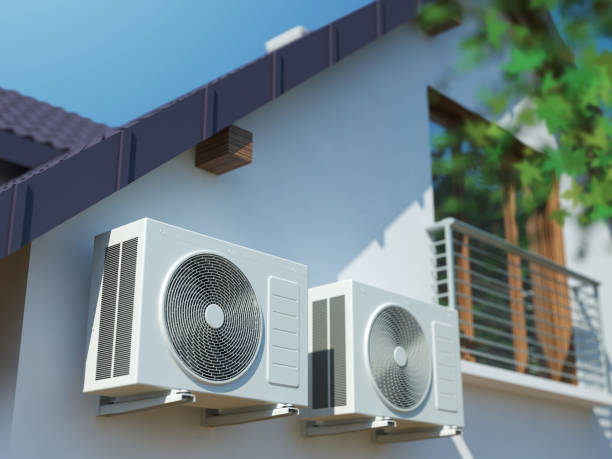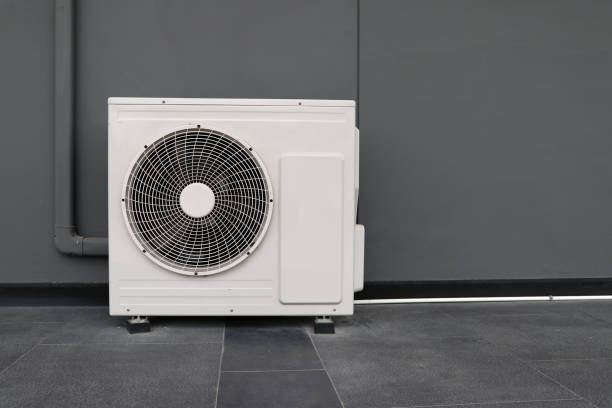Why Your Furnace’s Cracked Heat Exchanger Could Kill You

Your gas furnace relies on many components to safely heat your home, including a heat exchanger. When your furnace turns on and begins heating, it creates combustion byproducts like carbon monoxide. The heat exchanger separates these gases from the air you breathe. Warm air gets sent throughout your home, while flue gases are exhausted outdoors.
If the heat exchanger cracks, carbon monoxide could build up in your home. Although you can’t see it, smell it or taste it, carbon monoxide is toxic. It can make you very sick or even kill you if you’re exposed to large amounts.
Carbon monoxide poisoning is preventable but it still claims the life of hundreds of Americans every year. At least 430 people in the United States die from carbon monoxide exposure every year, according to the CDC. And around another 50,000 visit the emergency department because of it.
Because a cracked heat exchanger is so dangerous, it’s important to know the signs that yours is in trouble and how you can keep your family safe. Here’s what to be on the lookout for.
5 Signs That Your Heat Exchanger is Cracked

1. You Feel Sick at Home and Better When You Leave
When you’re exposed to carbon monoxide in small doses, you might have symptoms like:
- Nausea
- Headaches
- Dizziness
- Vomiting
- Shortness of breath
Because these symptoms mimic the flu and other common illnesses, it can be difficult to connect them with carbon monoxide. However, one telltale sign is that you feel sick when you’re at home but better when you’re away.
H3: 2. Burner Flames are Yellow
When your furnace’s burners are working properly, the gas should be blue. Seeing yellow or yellow-orange flames is a warning sign. The discoloration can indicate a couple of problems, like
burners, incomplete combustion or a cracked heat exchanger.
3. Wet Windows and Walls
It’s a problem if you’re noticing moisture on your windows and walls during the winter. It can mean a couple of things:
- Your home needs better insulation.
- It’s time to replace your windows, especially if you’re seeing moisture on windows.
- Your home’s humidity levels are too high.
- Your heat exchanger is cracked, and toxic exhaust is leaking into your home.
4. Sooty Streaks Near the Furnace
A furnace that’s working properly shouldn’t create soot. If you’re seeing streaks near or inside your furnace, it may not be burning very cleanly. When the heat exchanger is cracked and incomplete combustion is happening, soot typically builds up.
5. Your Furnace or Flue Pipe is Rusty
While water leaks can make your furnace rusty, a cracked heat exchanger can also be to blame. That’s because gases that leak out of the heat exchanger can cool and turn into a vapor. You’ll most frequently notice this corrosion on your furnace’s flue pipe.
How to Protect Your Home from Carbon Monoxide

There are two simple steps you can take to protect your home from carbon monoxide.
Install Carbon Monoxide Detectors
The first step is to install carbon monoxide detectors in your home. It’s recommended to install one on each floor of your home, as well as near bedrooms. That way, you can hear the alarm if it goes off while you’re sleeping.
While battery-powered and plug-in models are the most common, smart carbon monoxide detectors are growing in popularity. That’s because they make it simple to keep you and your loved ones safe. When there’s an issue, the detector will alert you via phone to the problem area. You can also use your phone to silence the alarm.
Schedule Annual Furnace Maintenance
The second step is to have your furnace tuned up every year by a heating professional. This service ensures your system will run smoothly throughout the winter and gives a technician to spot any major issues, like a cracked heat exchanger.
Replacing your furnace’s heat exchanger costs around $1,500 on average. If it’s cracked, the most cost-effective solution will be to replace your furnace.


